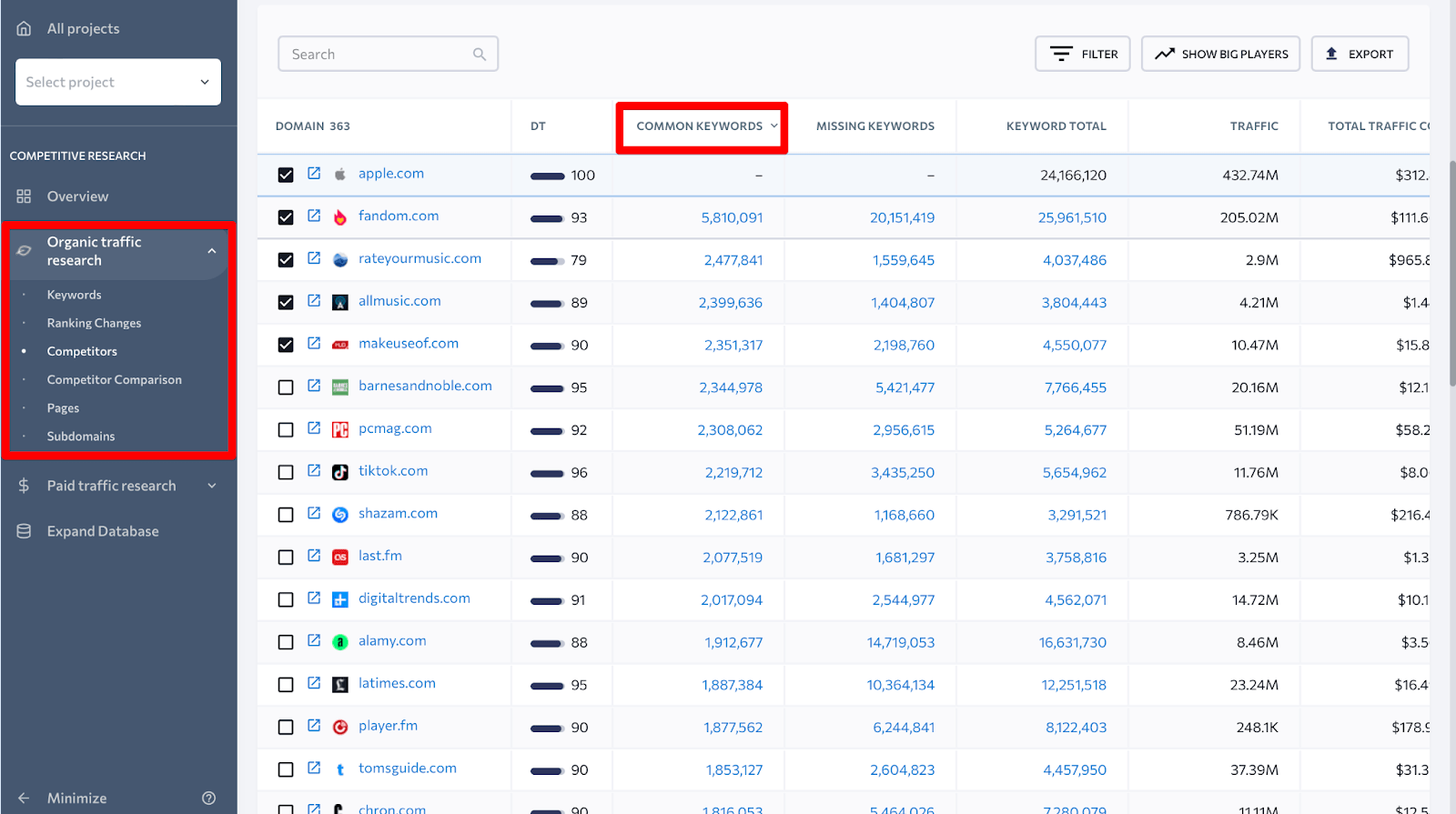Search engine optimization (SEO) analytics is a powerful tool for any website or business. It provides invaluable insight into the success of your online presence and can help you measure the impact of your SEO efforts in real numbers.
By leveraging comprehensive data points, you can understand how visitors interact with your content, identify areas that need improvement, and maximize ROI. With SEO analytics, it’s no longer necessary to guess what works best; rather, youre able to track actual results and make decisions based on hard evidence.
Whether you’re just starting in SEO or already have an established presence online, this technology offers businesses a chance to gauge their progress accurately and efficiently.
Overview of SEO Analytics and Measuring Success
SEO analytics is a powerful tool for measuring success online. It allows website owners to gain insights into how their content is performing, identify areas of improvement, and track progress over time.
By understanding the metrics associated with SEO analytics, website owners can better understand the impact of their efforts and determine where adjustments may be needed to maximize visibility and ROI. This article will provide an overview of SEO analytics and help readers measure success in real numbers.
At its core, SEO analytics involves collecting data related to organic search engine traffic such as keyword rankings, page views, conversion rates, etc., to assess performance against predetermined goals or objectives.
Website owners can use this information to analyze patterns within their content marketing campaigns; evaluate changes made by competitors; adjust budget allocation according to results; or simply monitor overall site performance regularly. Additionally, it’s important that website owners set measurable goals for each campaign they deploy so that they can accurately measure success (or lack thereof) after implementation has been completed.
In addition to providing insights into how well specific tactics are working, SEO analytics also provides webmasters with more detailed information about user behavior – which pages are being visited most often? Where do visitors land when searching for particular topics? Are users finding what they’re looking for? Understanding these questions helps website owners make informed decisions about where improvements need to be made in terms of design, navigation structure, or content relevance/quality. Being able to quantify successes based on real-time data makes it easier than ever before for webmasters and marketers alike to manage campaigns effectively while ensuring maximum return on investment (ROI). With access to comprehensive reports generated through SEO analytic tools like Google Analytics or Ahrefs Organic Search Report Tool, making adjustments becomes simpler – allowing businesses large and small alike to optimize strategies quickly without breaking the bank trying new approaches blindly.
Analyzing Keyword Performance

Analyzing keyword performance is an important part of SEO analytics. What matters when it comes to measuring success with numbers is understanding how different keywords are impacting the overall search rankings, website traffic, and sales.
It is also important to identify areas for improvement so that you can increase visibility in organic search engine results pages (SERPs). To gain insight into which keywords are performing best, consider using metrics such as click-through rate (CTR), cost per click (CPC), and conversion rate. Additionally, analyzing keyword trends over time can help you better understand how certain terms impact your SEO strategy long-term.
By understanding which words drive the most traffic and conversions, businesses can make informed decisions about where to focus their efforts for maximum returns on investment.
Assessing Website Traffic Trends
When it comes to assessing website traffic trends, SEO analytics is a key tool in measuring success. By analyzing data from search engine algorithms and user behavior, businesses can gain insight into the effectiveness of their content marketing strategy.
Through this analysis, businesses can identify areas for improvement that will increase visibility and organic traffic growth. In addition, SEO analytics provides valuable information about how users are engaging with the site; tracking metrics such as time on page, bounce rate, and click-through rate allow marketers to gauge the quality of their content and adjust accordingly.
Ultimately, by continuously monitoring website performance through SEO analytics tools like Google Analytics businesses can ensure that they are taking full advantage of their online presence to reach new customers and drive sales.
Monitoring Competitor Activity in Organic Search Results

Monitoring competitor activity in organic search results is a key part of any successful SEO analytics strategy. Knowing what your competitors are doing and how it affects their visibility can help you stay ahead of the competition.
Analyzing search engine result pages (SERPs) to track changes over time and understand user behavior can provide invaluable insight into how best to optimize for organic search success. It’s important to keep an eye on which keywords your competitors are ranking for, as well as their page titles, meta descriptions, headings, and content structure.
Additionally, tracking changes in click-through rates (CTRs), impressions, bounce rates, and other metrics will help you identify areas where your rivals have made progress – or are lagging – so that you can adjust accordingly. By using tools such as Google Analytics and Search Console to measure website performance against competitors, SEO analytics practitioners can gain valuable real-time insights into the effectiveness of their efforts versus those of others in the market.
Interpreting Real-Time Data to Make Strategic Decisions
 To measure SEO success in real numbers, it is essential to be able to interpret real-time data and make strategic decisions.
To measure SEO success in real numbers, it is essential to be able to interpret real-time data and make strategic decisions.
To do this effectively, businesses must learn how to track their progress across multiple metrics over time. This includes analyzing keyword rankings, click-through rates, average page views per session, and other key performance indicators (KPIs). With the right analytics tools in place, companies can gain valuable insights into customer behavior that will help them optimize their content for maximum impact.
Additionally, tracking trends such as seasonal fluctuations or changes in user demographics can alert business owners to the need for a different strategy if existing tactics are no longer effective. By leveraging real-time data and understanding how customers interact with websites and social media channels, businesses can stay ahead of the competition by adjusting their approach accordingly.
Conclusion

SEO Analytics is a powerful tool that helps businesses measure the success of their online marketing efforts. With SEO analytics, businesses can track keyword performance, measure website traffic, and monitor backlinks to gain valuable insights into their SEO strategies.
By adopting an effective approach to SEO analytics, businesses can not only increase visibility on search engine results pages but also drive more qualified leads and higher conversion rates. Escort SEO is one such strategy that can be employed to boost organic traffic and improve the overall ranking of your website in major search engines like Google. The use of SEO analytics helps you make data-driven decisions that will help you maximize returns from your digital marketing investments in the long run.
 HQ Grande Prairie HQ Grandie Prairie is an online news portal aimed at providing latest day to day happenings of the World to its viewers.
HQ Grande Prairie HQ Grandie Prairie is an online news portal aimed at providing latest day to day happenings of the World to its viewers.

